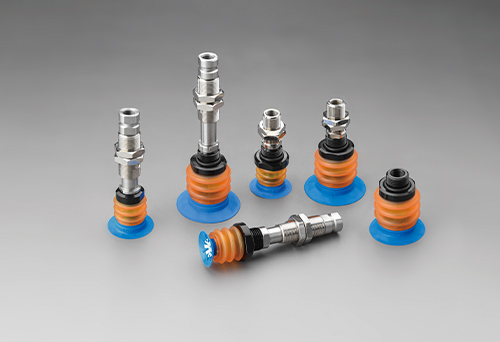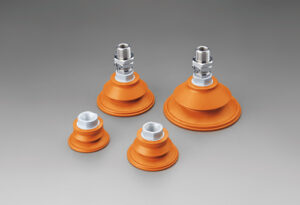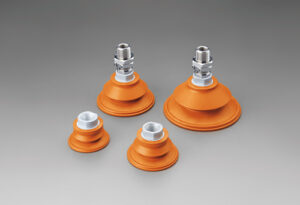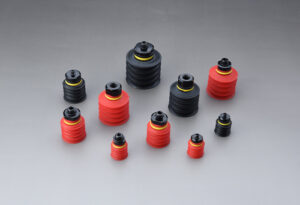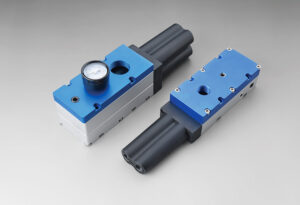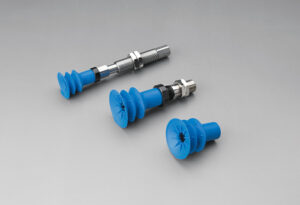Typical vacuum solution system software supports many fields, including packaging, food, beverage, carpentry, laser cutting of metal materials, vehicles, semiconductors, and electronic equipment. The pneumatic Vacuum Suction Cup has several advantages in this application, including relative simplicity, compactness, lightweight, high quality and low cost, and little maintenance. It can hold parts tightly in fast gym applications and gently solve fragile parts.
Technically speaking, it is not easy for the suction cup to suck and hold the product’s surface autonomously. In turn, when the suction cup touches the surface of the workpiece, it operates a vacuum generator (such as a vacuum atomizing nozzle, fan, or pump) and draws gas from the internal structure of the suction cup and creates a vacuum. Assuming that the standard air pressure of the internal structure is less than the standard air pressure outside the suction cup, the atmospheric pressure presses the workpiece on the suction cup. The greater the consumption of the internal structure of the Vacuum Suction Cup and the difference between the ambient pressure and the vacuum working pressure, or the more significant the reasonable use area of the suction cup effect on the workpiece, the greater the holding force for pressing the suction cup on the workpiece.
Ideally, the suction cup should interact with a smooth, non-porous surface. When a vacuum is created, the edge of the suction cup is airtight, and the internal structure gas is quickly discharged, thereby firmly grasping the workpiece. As everyone knows, non-idealization criteria are often larger than normalization since raw materials are often olefin metathesized, matte, or ragged. In this state, the suction cup cannot be sealed, and the external gas continues to perform system software, called leaking system software. Design staff must compensate for leaking system software by using high total flow vacuum generators or smaller suction cups to reduce the probability of leaks.
Vacuum Suction Cups range from easy ring suction cups to cups formulated for unique applications such as sugar cubes, greasy metal sheets, or porous wood and cardboard.
Flat suction cups are suitable for workpieces with flat or slightly deformed surfaces, such as metal materials and glass, plastic boards, and wood boards. Flat suction cups have a smaller internal volume so that they can be evacuated quickly and in a short time. Properly designed, they have good reliability to handle high shear stress and can withstand the forces and instantaneous velocities derived from rapid, fully automated delivery of fitness movements.
On the other hand, the bellows suction cup has one or several rotations similar to the keyboard. This allows them to compensate for different relative workpiece heights and to resolve parts with uneven surfaces. Timed bellows also continue to create a raised posture, suitable for lightly grasping fragile components such as electronics or even filled chocolates.
The bellows version number is usually used to resolve bent components, such as body control panels, pipes and pipes, injection molded plastic components, and their non-rigid packaged or gathered packaged goods.


